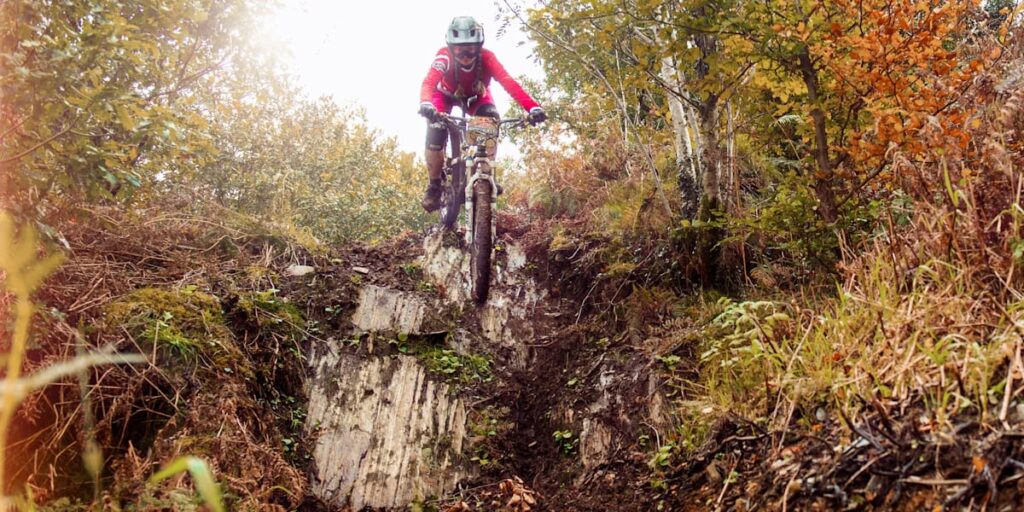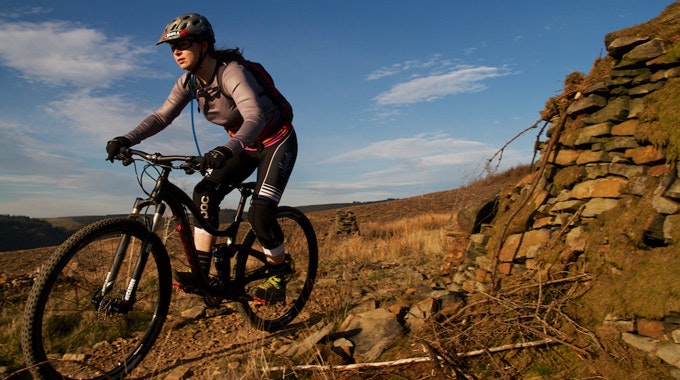
It seems very accurate and correct to compare a mountain bike with various types of martial arts. They have different types of training, such as general physical training and training of special percussion and wrestling techniques. A similar thing can be seen in mountain biking. So, as you probably know, any single combat does not start with turntables, triangles and combinations of a dozen punches. It all starts with a stance and a number of other basic movements. In mountain biking, in the technical part of it, everything is exactly the same. Only, instead of a stand and a delivered blow, an attacking position enters the arena.
Today we will talk about the most basic base of all basic bases, which you need to master for successful mountain biking.
Attacking position
First of all, you need to find a proven seller of good quality mountain bikes. Once you have your perfect mountain bike you can proceed with the first thing you need to learn. An attacking position is an analogue of a stance in martial arts, a position from which all other technical movements are performed. This is a kind of pivot on which you wind skills and skill groups. In general, the entire technical system looks very similar to the development tree in RPG games or to the file system on a computer. So, the attacking position is your root directory or the most basic skill from which you start further.
The main idea behind mountain biking is to control your centre of gravity and weight. The bottom line is that as you ride, your weight constantly changes depending on the momentum of your movement and its direction. To understand this, you can do one very simple experiment. Take a weight scale, sit abruptly on it and look at the numbers that they show at this moment. Now get up sharply and look at the numbers again. They will differ by almost an order of magnitude. This is the essence of bike handling. When you squat down, you squeeze the bike with all your mass, and when you straighten up, on the contrary, you unload. The principle of driving, for example, on a pump track, is based on this, but the scope of application goes far beyond its limits. For example, an unloaded light bike will fly through a rock or root section much easier and faster, while a loaded bike will grip the ground much more efficiently and provide traction or braking.
We are smoothly approaching the main idea of this paragraph – there is the most optimal and ergonomic position of the body, which will allow you to control the centre of gravity of the man-bicycle system as efficiently as possible, in general, to ensure the work of a person and a bicycle as one system and to ensure the most economical consumption of energy on long descents.
Body position
There are a number of key aspects of your body position to watch out for.
Bodyweight
You are on the pedals. That is, your body weight is distributed only on the pedals and further into the carriage. The main mistake is hanging on the steering wheel. You only need to hold the steering wheel with your hands but do not press on it with your whole body. When hovering over the handlebars, the entire rear of your bike remains essentially in uncontrolled dangling. This is fraught with falling at the slightest turn of the wheel or plugging into a small spine.
Position of the foot
The heel of your leading foot should be below the toe. Thus, you load the bike with all your body weight and it kind of sticks to the ground. Many of the less trained people ride on tiptoe. They probably even notice that the rear of their mountain bikes flies chaotically from side to side, and every spine they meet runs the risk of being fatal, but they can’t do anything about it. This is exactly the effect of driving on the steering wheel in combination with an incorrect position of the foot.
Straight back.
Your body position should be very similar to the starting position when doing the deadlift. A straight back gives you, for example, a good start for bunny hop, surfing, just to quickly shift the centre of gravity to the right places, and also reduces the urge to lean on the handlebars.
So, the back is straight, the knees are bent, the cranks are parallel to the ground, the toes are above the heels, we do not press on the steering wheel with our hands. With the help of the legs, the bicycle sticks to the ground and the unevenness is worked out, with the help of the movements of the pelvis and the transfer of the centre of gravity from one leg to the other.

Where to look
Another important point. The look in your eyes should express all your fearlessness and will to win, of course. And also, you cannot look under the wheels, because you will not have time to react to obstacles appearing in front of you on the track. You have to look forward, to where you want to go. In the process of cycling, you process the incoming information precisely through your gaze, and then you send the body a task to process this or that element that you saw. All this takes a little time, so let your brain have it.
Cockpit
In fact, this word refers to the space in which you can move while in the saddle of a bicycle. In general, the entire range of motion that is available to you.
Whether you like it or not, you will have to move on the bike, for example, when shifting the bike in a series of counter-slopes or carrying out the body while cycling on the steepest incline. And sometimes you also have to turn on this steep incline, which means moving your body back and in the direction of the turn. In short, the range of movements is very rich. The movements of the pelvis, back, knees should be free and not stiff.
Conclusion
To summarise, targeted training in the attacking position and cockpit can help you significantly save your time and push your further progress.
Ride wisely, respect other people, and don’t take stupid risks just to prove you’re cool. And be sure to use protection. The helmet and knee pads are the minimum set.
In a couple of weeks, you will have enough skill to start trying simple forest trails.